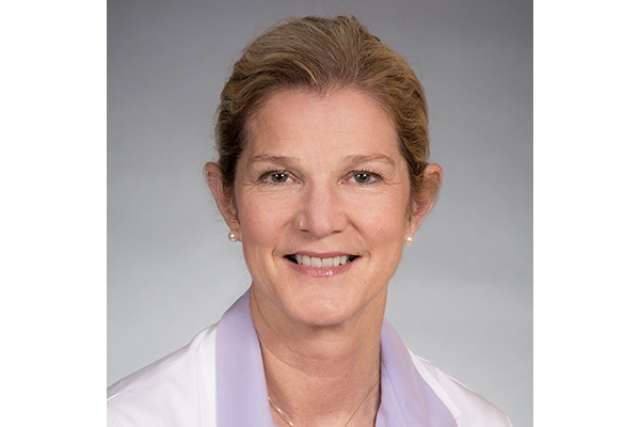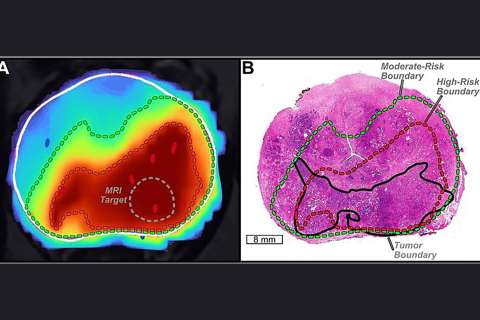Getting a reliable diagnosis of melanoma can be a significant challenge for pathologists. The diagnosis relies on a pathologist's visual assessment of biopsy material on microscopic slides, which can often be subjective.
Now, UCLA researchers have found that obtaining a second opinion from pathologists who are board certified or have fellowship training in dermatopathology can help improve the accuracy and reliability of diagnosing melanoma, one of the deadliest and most aggressive forms of skin cancer.
"A diagnosis is the building block on which all other medical treatment is based," said Dr. Joann Elmore, a professor of medicine at the David Geffen School of Medicine at UCLA and member of the UCLA Jonsson Comprehensive Cancer Center. "All patients deserve an accurate diagnosis. Unfortunately, the evaluation and diagnosis of skin biopsy specimens is challenging, with a lot of variability among physicians."
Led by Elmore, the research team found that the misclassification of melanocytic lesions yielded the lowest rates when first, second and third reviewers were subspecialty trained dermatopathologists. Misclassification was the highest when reviewers were all general pathologists who lacked subspecialty training.




